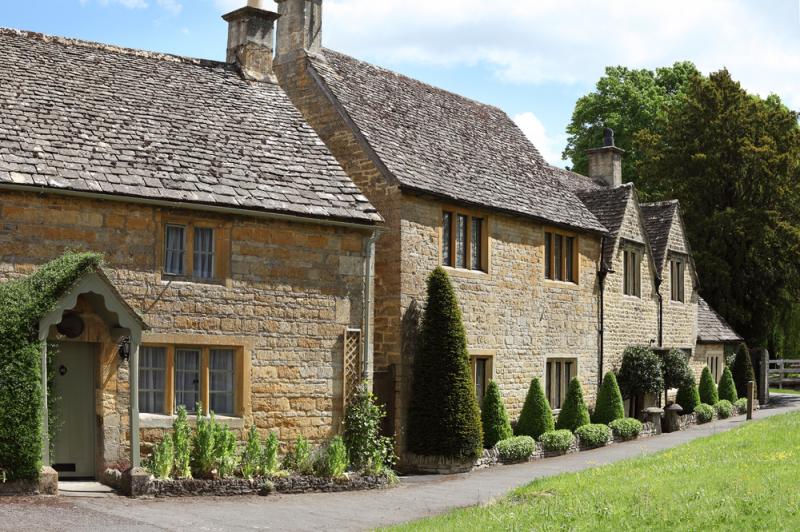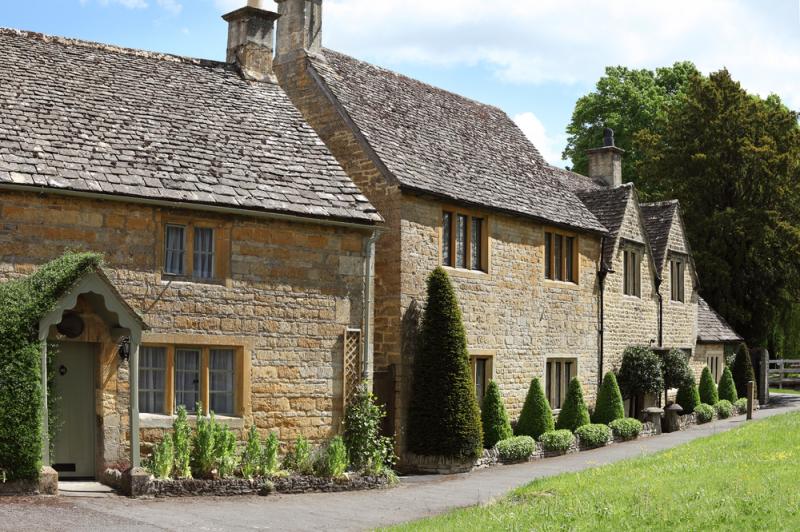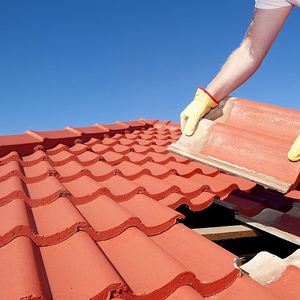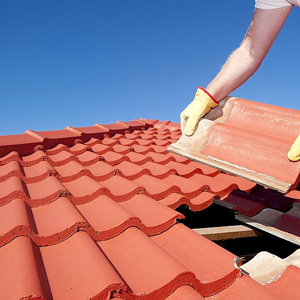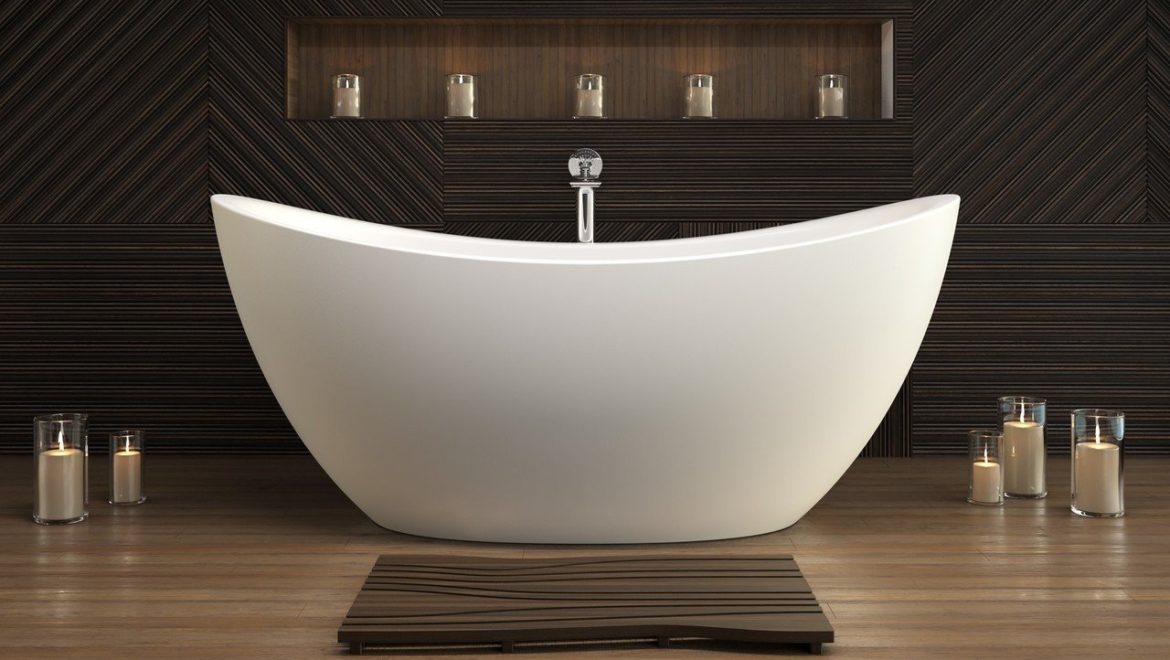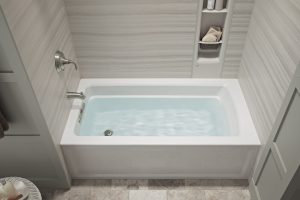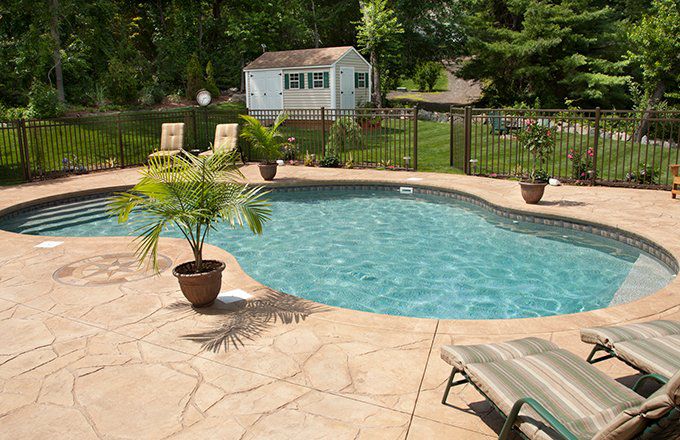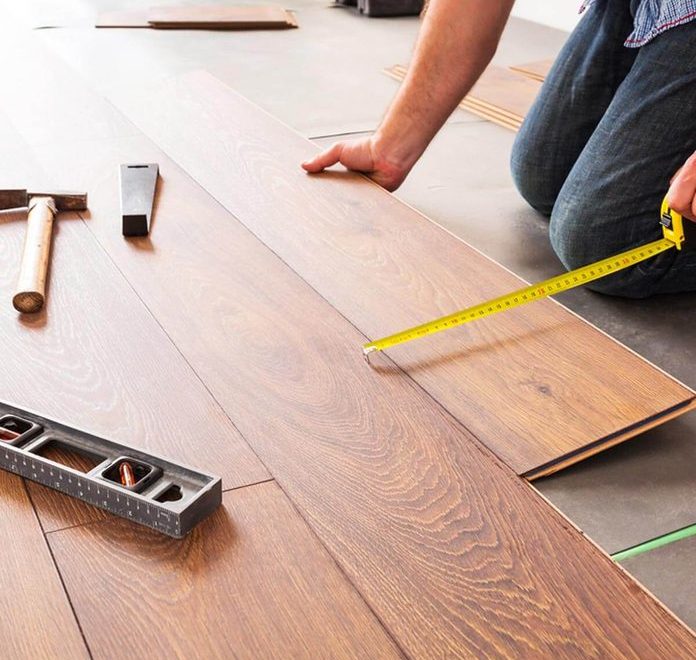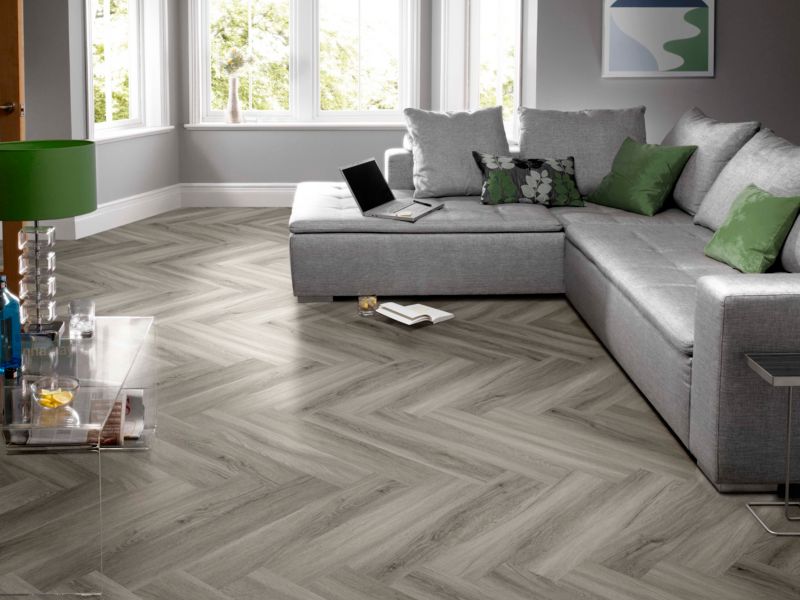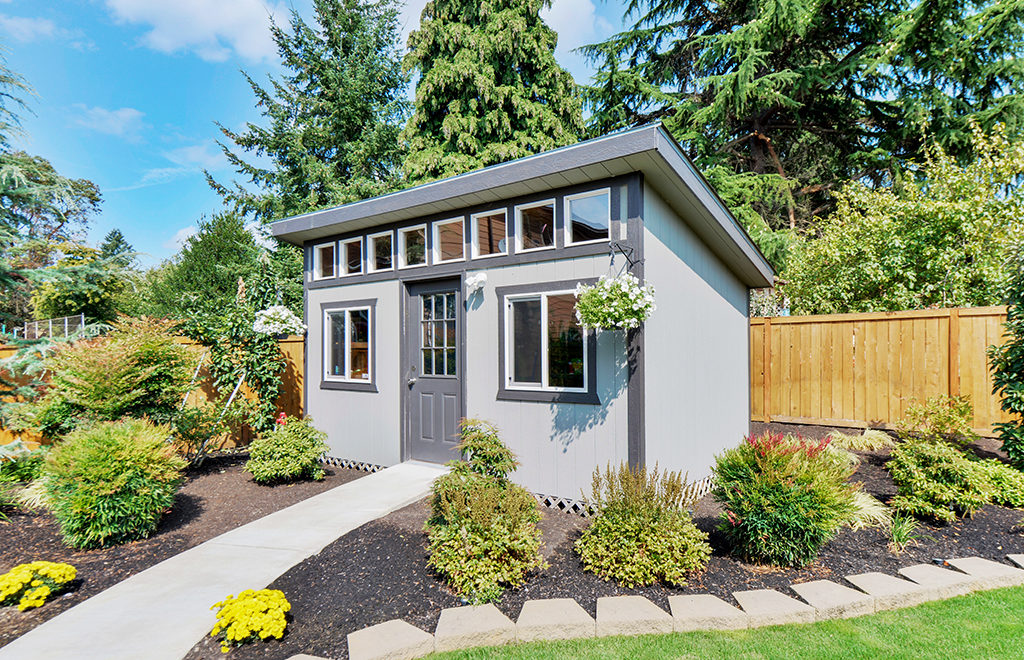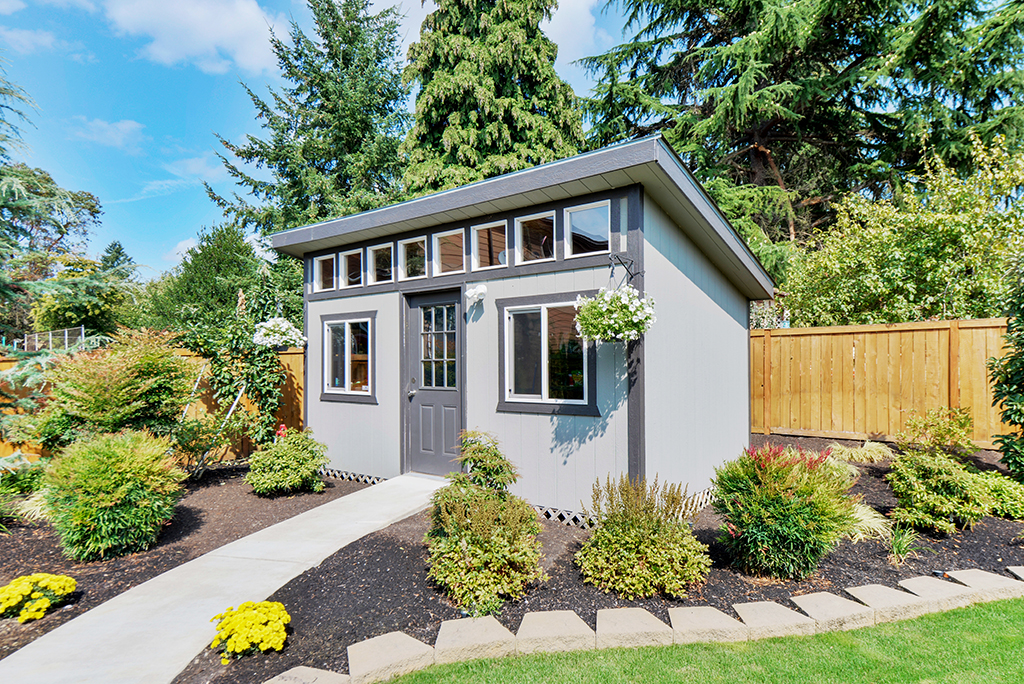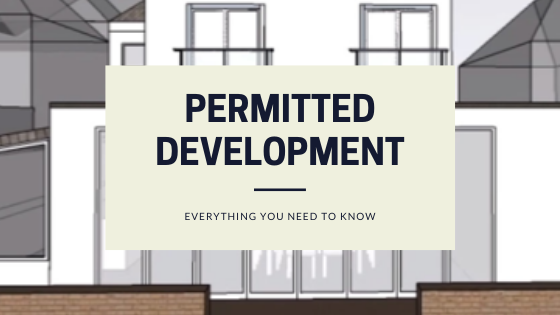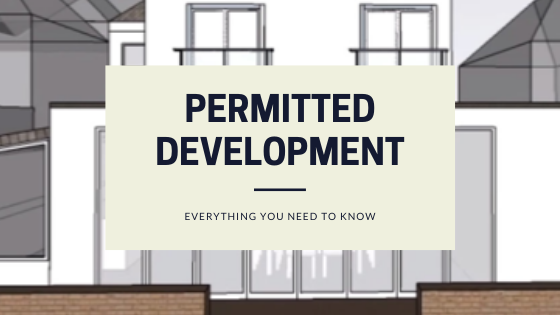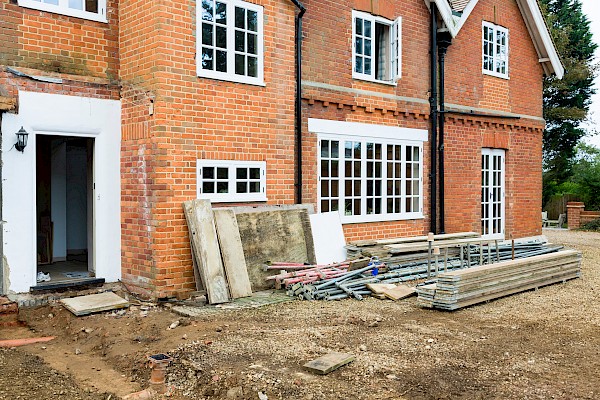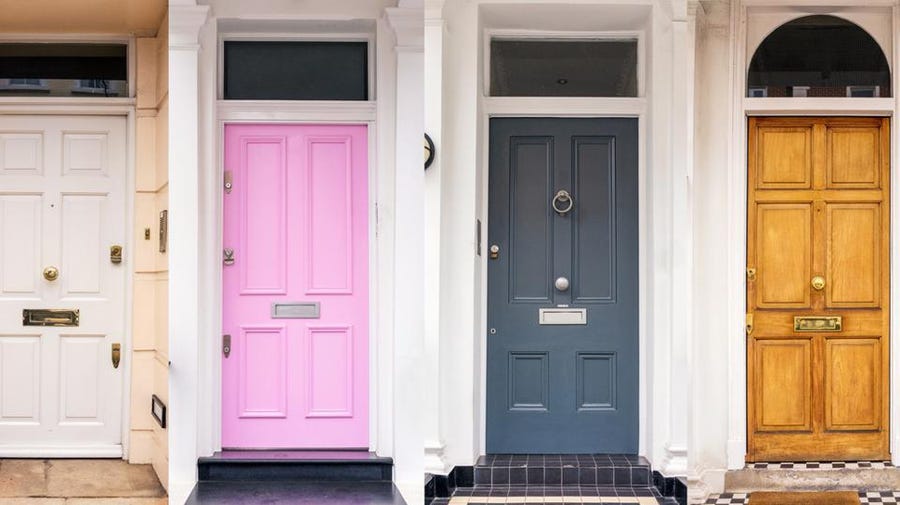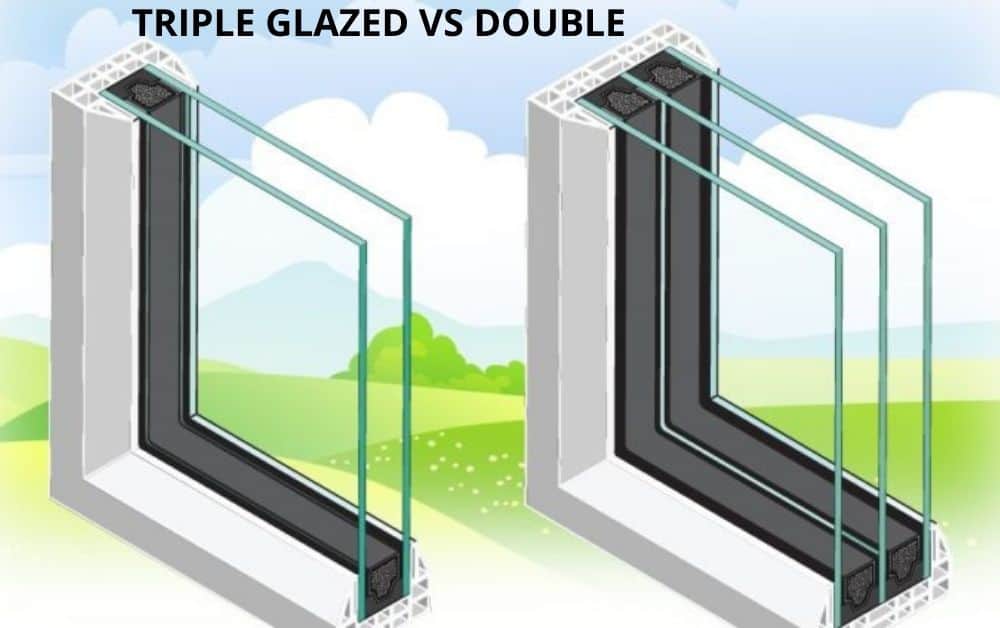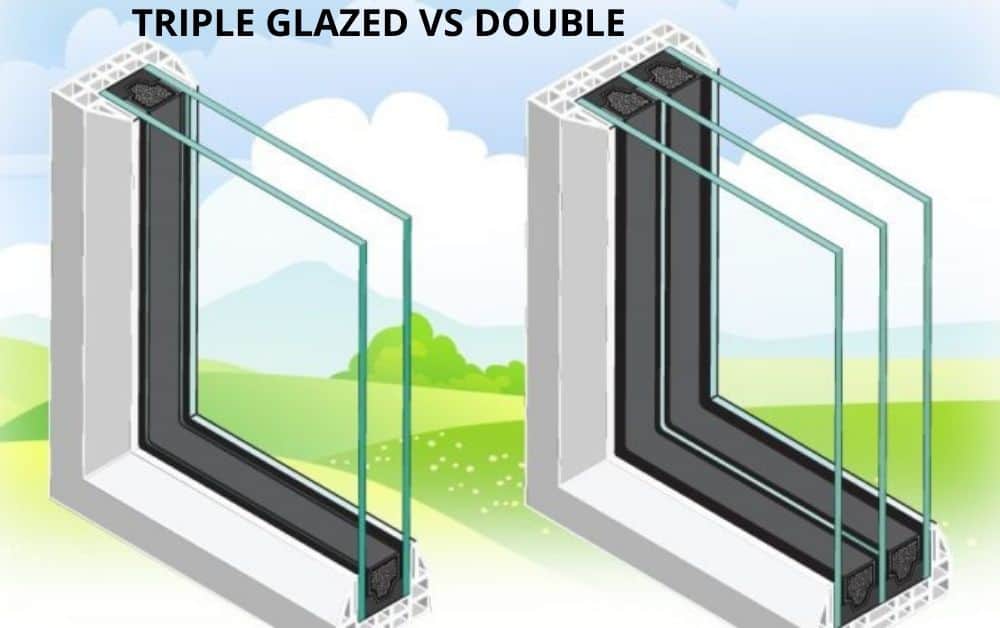Listed Buildings: An Easy Guide
Categories of listed buildings
In England and Wales, there are 3 categories of listed buildings
- Grade 1 (2.5% of buildings)- Buildings of exceptional interest. For example, the Liverpool Anglican cathedral.
- Grade 2*(5.5% of buildings)- Buildings with particular importance. For example, Buckingham Palace.
- Grade 2 (92% of buildings)- Buildings of special architectural or historic interest. A grade 2 listed building is a UK building or structure that is of special interest, warranting every effort to preserve it.
Things you should know before buying a listed property.
- You’ll need to be granted permission to make any changes to the building. This is including all renovations or any changes to the internal layout.
- All listed buildings are on a national register which is searchable on the Historic England Website.
- Repairs will cost more. You will have to hire specialist labourers that have the correct skills and tools to carry out the repairs, which can be more costly than a standard labourer.
- You’ll need specialist home insurance to cover your home which will cost more. This will cost more due to the materials needed for your home.
Do’s and don’ts for listed buildings
Do’s
- Remove or alter original architectural features such as doors, decorative stonework, fireplaces or windows.
- Don’t assume your garden is yours to play with.
Don’ts
- Before buying a listed building, you need to make sure that all renovations done by the previous owners were done correctly. It doesn’t matter if the renovations were done before you owned the building you are still liable.
- Make sure you have specialist home insurance.
- Keep in regular touch with your conservation officer as they have all the information you may need.
How do buildings become listed?
The older the building is the more likely the building is listed. All buildings that were built before the 1700s which is still in its original condition will be listed.
The newer the property the more remarkable it needs to be to become listed, for example a building with outstanding architecture. Buildings are not usually eligible for listing until it’s at least 30 years old.
